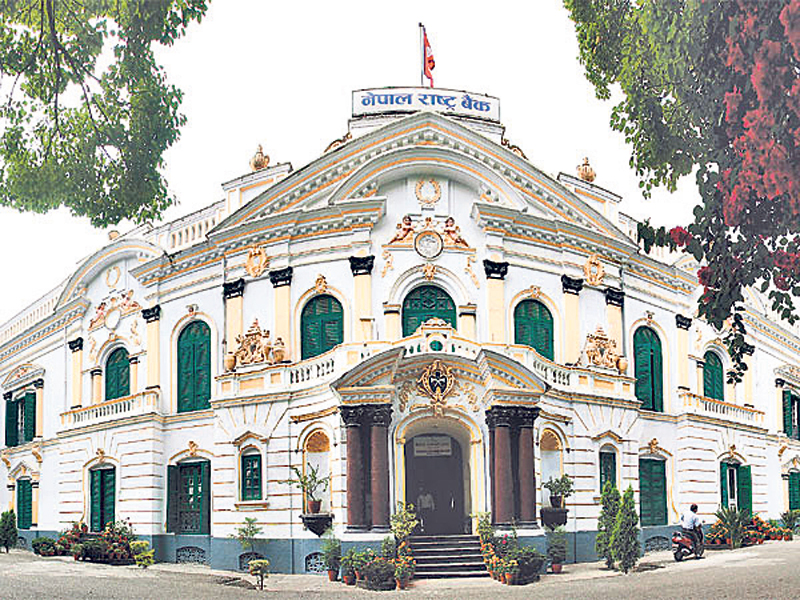KATHMANDU, July 9: Nepal Rastra Bank (NRB) has shown that a number of macroeconomic indicators of the country have improved as of mid-June this year amid ongoing concerns for the country’s worsening economic condition.
The Current Macroeconomic and Financial Situation of Nepal unveiled by the NRB on Tuesday, reveals that Nepal has improved in its balance of payments, current account position, inflation, private sector lendings of banks and foreign currency reserves, among others, have shown notable comeback when it comes to the end of the 11th month of the current fiscal year.
The country’s BoP remained at a surplus of Rs 491.44 billion in the review period compared to a surplus of Rs 425.67 billion in the same period of the last FY. BoP highlights the macroeconomic indicator that assesses overall financial inflows and outflows of a country with the rest of the world. In the US dollar terms, Nepal’s BoP remained at a surplus of 3.62 billion, up from a surplus of 3.2 billion.
Likewise, the current account surplus increased to Rs 307.31 billion from a surplus of Rs 200.38 billion in the review period. In the US dollar terms, the current account registered a surplus of 2.26 billion, up from a surplus of 1.51 billion.
NRB optimistic about economic outlook after improvement in macr...

With an improvement in external sector indicators, Nepal’s gross foreign exchange reserve has grown to Rs 2.569 trillion as of mid-June 2025, with an increase of 25.9 percent in the past 11 months. In the US dollar terms, the gross foreign exchange reserves increased 22.2 percent to 18.65 billion from 15.27 billion.
Similarly, credit disbursed by banks and financial institutions (BFIs) to the private sector has increased by Rs 407.62 billion, marking an eight percent rise compared to the same period last year. On a year-on-year basis, credit to the private sector increased by 8.7 percent. Of the total credit issued by BFIs to the private sector, 63 percent went to the non-financial institutional sector, while 37 percent was directed toward individuals and households.
Nepal has also improved in terms of its foreign trade, with its merchandise exports increasing by 77.8 percent to Rs 247.57 billion in the first 11 months against a decrease of 3.0 percent in the same period of the last FY. Imports also increased 13.1 percent to Rs 1.644 trillion against a decline of 1.8 percent a year ago. Of the imports, the share of final consumption, intermediate and capital goods remained 39.4 percent, 51.6 percent and 9.1 percent, respectively.
Meanwhile, the country has got a respite from soaring prices, with the NRB recording the year-on-year consumer price inflation at 2.72 percent in mid-June this year compared to 4.17 percent a year ago. In the review month, food and beverage inflation pacified at 0.54 percent whereas non-food and service inflation stood at 3.94 percent. The price index in rural areas increased 2.90 percent, while in urban areas, it rose 2.66 percent.




































